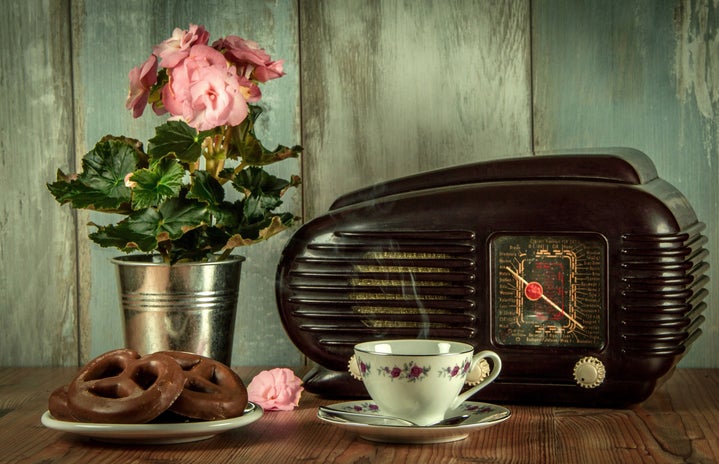Edited by: Kartika Puri (UG 2019)
Let us be honest, I am not the biggest admirer of Starbucks. First, the coffeehouse chain does not have an outlet in my hometown. Second, even if it were to, 300 bucks for a latte is unseemly to me. So, it is only on rare occasions that you will find me within its warm, formal sanctum.
Yet, what I am is a coffee person. And let’s be honest, it is impossible to deny the charm of the chain given its influence to the contemporary culture of drinking coffee. For Starbucks houses some of the most innovative concoctions and, according to some rumours, is now planning to expand to other products as well, including wine. In fact, its success is an impressive lesson in marketing and brand building. The chain is spread over 16,850 shops in 40 countries. The ubiquity of its logo is further proof of its prevalence. In fact, the logo of Starbucks in popular imagination has become inseparable from the very dark, luscious drink of coffee.
The story of the logo goes back to 1971 when Starbucks was nothing more than a small coffee beans shop started by three people who had met in college. In its design, the logo had a mermaid with two tails, a figure also called a siren. This design is said to be taken from a Norse woodcut. Originally, it was brown in colour. The founders wanted it to be an allusion to the seafaring traditions of the early coffee traders to honour the very beginnings of the spread of coffee across the world. At that time, their rendition of the siren was very sexual. Her breasts and navels were clearly illustrated. And encircling her was the original name of the store, Starbucks Coffee, Tea, and Spice. It is commonly held that a character from Moby Dick inspired the name. However, one of the founders said that the relation was merely coincidental. Instead, the three wanted to name their shop with ‘St’ because of a marketing myth that shops with such names tend to do better with the public.
Howard Schultz, the current owner of the coffeehouse chain, bought Starbucks from its three founders in 1987. He merged it with his own brand, Il Giornale, which was also a coffeehouse that Schultz had initially started as a competition to Starbucks. During this merger, the logo of Starbucks was modified. Schultz introduced in it some elements of Il Giornale’s original logo. These included the stars and the colour green. Schultz also realized that he had to make the logo more conservative if he wished to expand his business. For he wanted to avoid any criticisms from the public. Thus, the siren became more modest with her wavy hair now covering her breasts.
In 1992, the logo changed again. This time, it zoomed in on the siren, focusing only on the upper part of her body. Her navel was omitted altogether. This was the longest standing design, followed only by the most recent change that came about in 2011.
In 2011, the logo shed off the outer border that contained the chain’s name, and it took on a lighter shade of green. At this point, in people’s minds, the logo and the name of Starbucks were inextricable. This had ensured that the logo was recognizable even without the name.
In the true sense of the theme of the name and the mermaid logo, the sea-faring spirit seems to be sticking with the chain, for there appears to be no seeming end to Starbuck’s expansion across the world.



